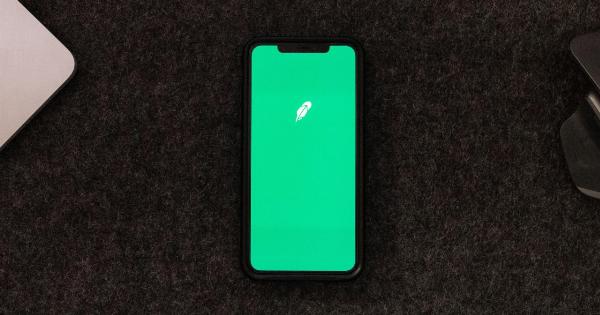Computed Tomography (CT) is a widely used diagnostic tool that combines x-ray and computer technology to produce highly detailed images of the body.
CT scans are often used to diagnose and monitor many medical conditions, including cancer, heart disease, and infections. Despite their numerous benefits, CT scans carry a small risk of radiation exposure. Therefore, it is important to understand who should be concerned about this risk and what steps can be taken to minimize it.
What is radiation exposure?
Radiation exposure occurs when the body is exposed to ionizing radiation, such as x-rays, gamma rays, and radioactive isotopes.
This exposure can damage the DNA in cells, and over time, this damage can lead to cancer, genetic mutations, and other health problems. The amount of radiation exposure from a CT scan is relatively low, but it can still have a cumulative effect on the body over time.
Who should be concerned about radiation exposure from CT scans?
While CT scans are generally safe, some people may be at a higher risk of radiation exposure than others. This includes:.
- Children: Children are more sensitive to radiation than adults, and their developing bodies are more vulnerable to the effects of radiation exposure.
- Pregnant women: Radiation exposure during pregnancy can harm the developing fetus.
- People with a history of radiation exposure: People who have had multiple CT scans or other medical procedures that involve radiation may be at a higher risk of developing cancer or other health problems related to radiation exposure.
How much radiation do CT scans expose patients to?
The amount of radiation exposure from a CT scan varies depending on the type of scan and the body part being scanned.
According to the National Cancer Institute, a typical chest CT scan exposes the patient to about 7 millisieverts (mSv) of radiation, while a head CT scan exposes the patient to about 2 mSv. For comparison, the average person in the United States is exposed to about 3 mSv of radiation from natural sources each year.
What are the risks of radiation exposure from CT scans?
The risks of radiation exposure from CT scans are generally very small, but they can add up over time. According to the National Cancer Institute, exposure to 100 mSv of radiation can increase the risk of developing cancer by about 1%.
However, the risk of developing cancer from a single CT scan is much lower than this.
How can radiation exposure from CT scans be minimized?
There are several steps that can be taken to minimize the risk of radiation exposure from CT scans:.
- Use alternative imaging methods when possible: In some cases, alternative imaging methods such as ultrasound or MRI may be just as effective as a CT scan, and they do not involve radiation exposure.
- Reduce unnecessary scans: CT scans should only be done when they are medically necessary. Doctors should carefully weigh the benefits of a CT scan against the potential risks of radiation exposure.
- Use low-dose protocols: Some CT scans can be done using lower doses of radiation without significantly affecting the quality of the image.
- Follow-up imaging: In some cases, follow-up imaging may be a safer alternative to repeating a CT scan. For example, if a CT scan detects a small lung nodule, follow-up imaging such as a chest x-ray or low-dose CT scan may be used to monitor the nodule without exposing the patient to additional radiation.
Conclusion
CT scans are a valuable diagnostic tool that can help doctors diagnose and monitor many medical conditions. However, they do carry a small risk of radiation exposure.
While the overall risk of radiation exposure from a single CT scan is very low, some people may be at a higher risk of exposure than others. It is important for doctors and patients to carefully weigh the benefits of a CT scan against the potential risks of radiation exposure and to take steps to minimize that risk whenever possible.


























